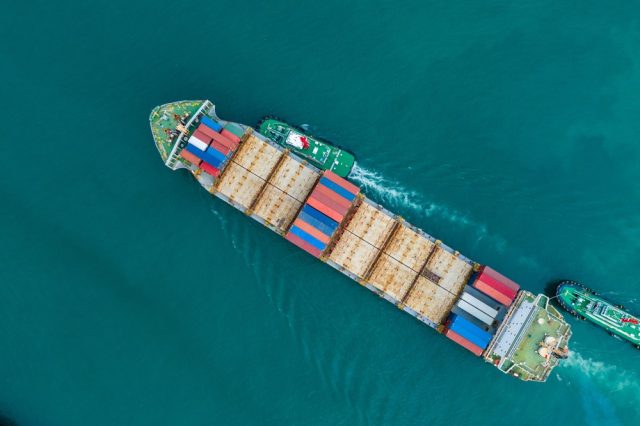
In today’s business world, the demand for international shipping has never been higher. There are always new companies and industries trying to expand their markets. Often, that expansion requires shipping a new product overseas. However, knowing what to expect in this multibillion-dollar sector can be daunting, especially for first-time exporters.
Cost is a primary consideration when it comes to international shipping. In Canada, that factor can often be a make-or-break element in the viability of a venture. So, before processing an international shipment, understand the variables involved in pricing to make an informed decision. This guide sheds light on this subject.
Shipping Container Cost Determinants
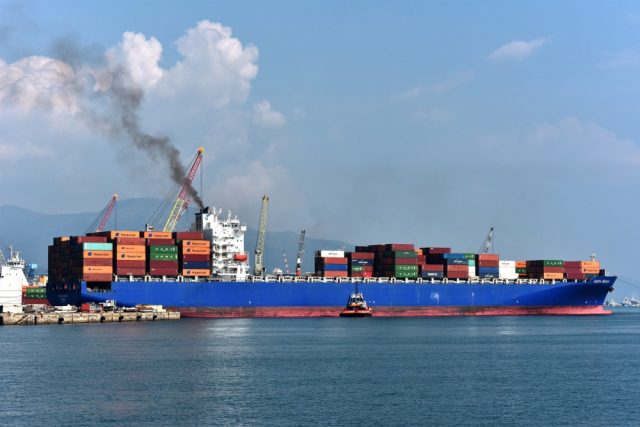
According to Reliable Transportation Link, There’s no one-size-fits-all cost bracket for shipping containers. Instead, each scenario comes with unique factors that can influence pricing globally. From size to fluctuating market conditions, each component of the cost equation requires proper evaluation to get the best deal. That stated, here’s a rundown of key cost determinants for domestic and international shipping containers in Canada.
Location
The availability of shipping containers varies based on location, which influences pricing. With China being a major manufacturer (constituting 97% of global production) and North America being a major importer, there’s always a healthy exchange of containers between the two regions. Additionally, most large cities are located near major shipping ports, which creates a greater inventory.
As a result, it’s easier to find new or used shipping containers in most locations in Canada. Moreover, the country has its manufacturers as well, which increases availability and affordability. Suppliers can source shipping containers within North America quickly and efficiently. That makes it easier for shippers to get their ideal fit.
Dimension
Depending on the size and volume of the shipment, a shipping container can be the most economical way to transport freight. However, size does have an impact on pricing, as it’s a direct reflection of its cubic capacity. The standard size classifications of shipping containers are 8ft, 8.5ft, 9.5ft (extra tall), 10ft, 20ft, and 40ft. However, those measurements are not set in stone. Rather, they’re industry standards that can be modified.
Each size has an impact on pricing since costs rise progressively as dimensions increase. In Canada, the cost difference between a 20ft and 40ft shipping container might be as little as $450 or as much as $3,000 per container.
Condition
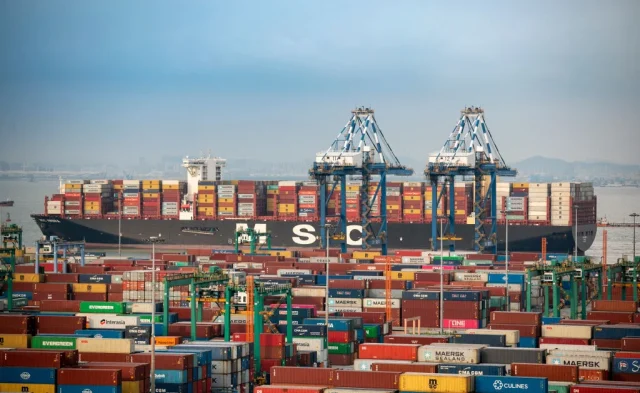
New or used, it’s important to know the condition of the shipping container. If the unit is newer, then the cost is generally a lot higher than if it’s already been used. If it’s in poor condition, the shipper would need to repair and clean it before shipping. This adds value to the container. A damaged container will definitely lose its valuation unless fixed.
In fact, a container that’s more than 10 years old, it’s generally priced more than a newer one. Hence, for new shippers, shipping a used unit may be the best way to keep costs down. For those who don’t want to go the new route, they’ll have to factor in the cost of clean-up, which can add to the overall expense.
Delivery Cost
It’s one thing to find a shipping container in Canada, but actually moving it can cost considerably more. Suppliers can deliver to major markets, but it can cost a lot more if they need to ship containers to remote locations. In fact, for out-of-town purchases, a surcharge can be included in the overall price.
In addition, the cost will also depend on the time frame in which the container is needed. For example, while a placed order may be ready in a week or more, the price for quick delivery may be much more. As a result, it’s always best to order containers in advance to get the best rates.
Customization
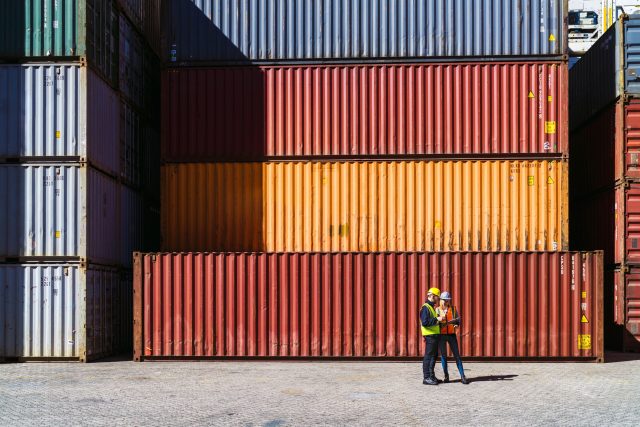
Some shippers want their shipping containers to have a unique touch. Hence, they’re willing to fork out a little more for that option. As a general rule, such customization options will impact pricing by hundreds or even thousands of dollars. They may include adjusting the dimension, painting the container to match the company’s logo and décor, adding customized flooring, and even having the interior fitted with a refrigeration system.
It is often a hefty cost for individuals who require any of the customizations. Nonetheless, if a company is expanding into the global market, that extra expense will be worth it. In actuality, such factors will set them apart from the competition.
Container Cost based on Size
As earlier stated, a shipping container price is directly dependent on the dimensions, being one of the other factors. So, here are some price estimates of popular sizes in Canada.
- 5ft container: under $3,000
- 10ft container: $4,000 – $7,000 (Used) | $5,500 – $7,500 (New)
- 20ft container: $1,500 – $2,200 (Used) | $2,800 – $4,500 (New)
- 40ft container: $1,700 – $2,500 (Used) | $4,200 – $7,000 (New)
- 40ft container (High Cube): $1,900 – $2,600 (Used) | $4,300 – $7,500 (New)
These prices vary from one manufacturer to another. However, by getting different quotes and comparing them, shippers will have a better chance of getting a good deal. After all, cost is key in any business endeavour.
Which Is Preferred: New or Used?
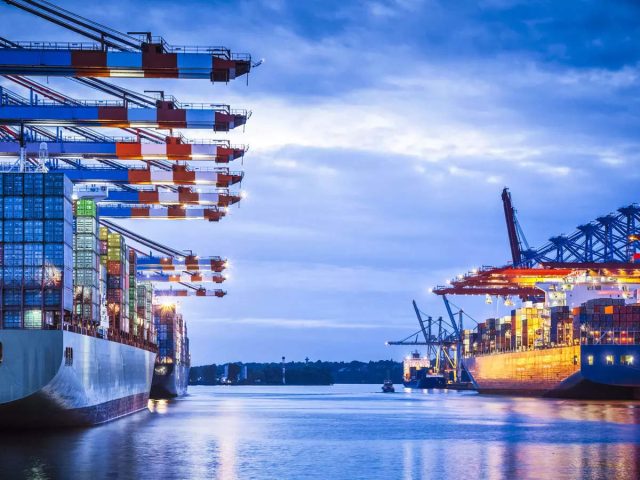
It’s important to understand that neither option is necessarily better than the other. They’re two separate entities, entirely dependent on the shipper’s needs. While new containers are usually pricier, they’re the best option for long-term use and are very secure. Used containers, on the other hand, are more affordable and may be the best option for short-term use.
Also, shippers should consider the purpose or type of shipment when purchasing a new or used unit. New containers are preferred for hazardous or sensitive items. The same is true for dry-weight and refrigerated containers.
Conclusion
For individuals or companies new to the shipping industry, getting the right bargain for a freight container may feel like a black-and-white scenario. But, in reality, so many factors influence pricing, including the container’s condition. It’s a shipper’s responsibility to weigh such options and research available suppliers in the industry for the best deals.







